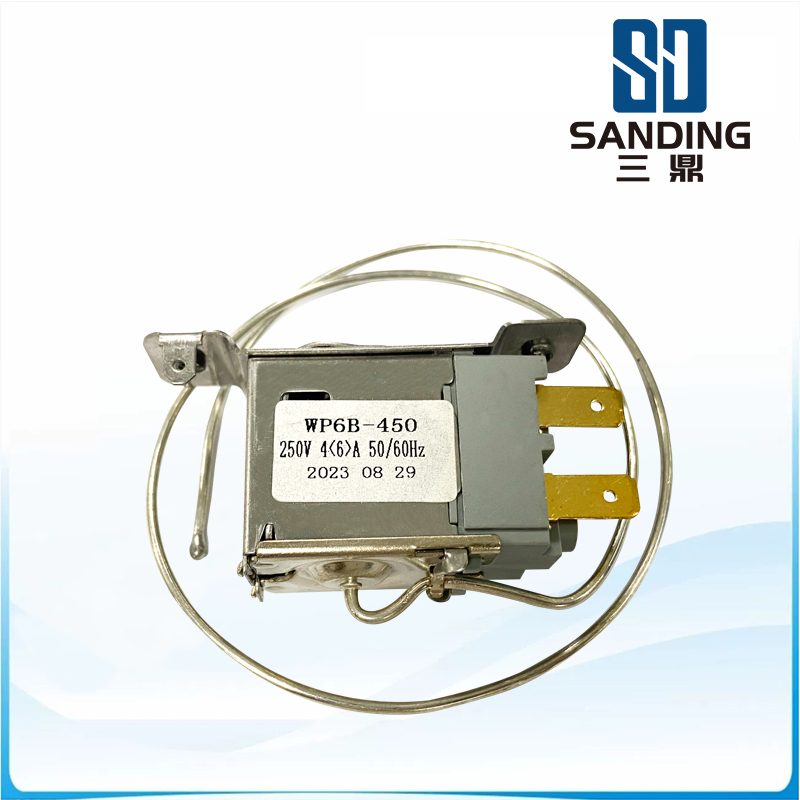The KSD301 temperature switch is also a jump type temperature switch that we often talk about. It is mainly used to control the use process of products, and is widely used in household appliances, For example, electric rice cookers, egg cookers, coffee pots, water heaters, etc., have a simple structure and high sensitivity to temperature sensing. However, temperature switches can also fail during use. Today, we will discuss the failure of temperature control switches.
There are many reasons for the failure of jump type temperature controllers, and the most common one is the failure of bimetallic sheets. Failure of a bimetallic sheet can lead to two problems:1、Zero drift 2、Bimetal sheet fracture. KSD301 temperature switch zero drift failure refers to the opening and closing actions of the bimetal sheet that do not meet the set temperature conditions, resulting in inaccurate temperature switch action. There are several reasons for zero drift, such as changes in the performance of the bimetal sheet itself, such as thermal expansion coefficient and elastic modulus. The reason for the high probability of bimetallic fracture is that the cracking force of interlayer separation is greater than the interfacial force of the metal sheet beyond the working cycle, resulting in small cracks and zero drift.
Problems with bimetallic sheets have a significant impact on the temperature control effect of temperature switches. Therefore, during production, the bimetallic sheets should be subjected to multiple heat treatments to increase their fatigue resistance. When punching a bimetallic sheet, properly control various parameters to reduce the probability of zero drift occurring on the bimetallic sheet.
_3296.png)






